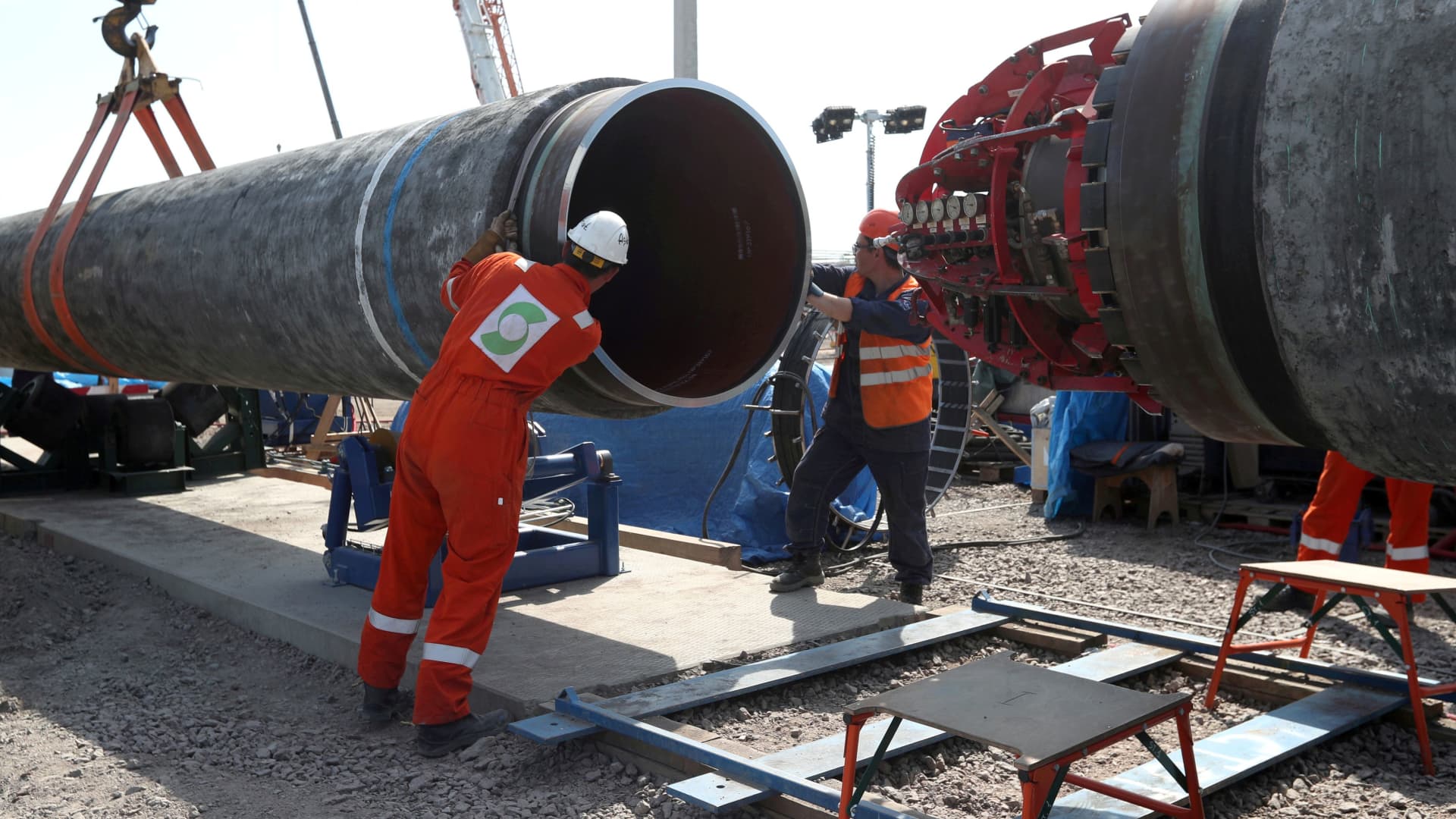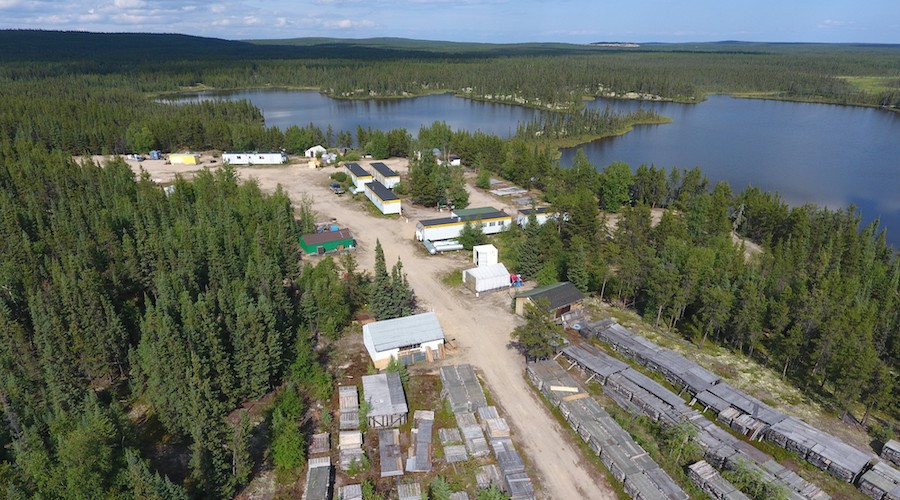Uber Expands “Comfort Electric” Offering Nationally


In the last year or so, Uber has been making progress on electrifying the driver-owned or driver-rented fleet. As part of its global commitment to becoming a zero-emissions mobility platform by 2040, Uber took steps to help drivers go electric. Last year, it announced a partnership with Hertz to make up to 50,000 Teslas available for drivers to rent by 2023. Then, it built an “EV Hub” in the Uber Driver app, a one-stop shop where they can get information and incentives to join the electric revolution, and even compare the cost of ownership of an EV with a non-EV.
Most recently, Uber set up a way for passengers to choose an electric car for their trip. It only started in a few cities already known for EVs, but now it’s expanding Comfort Electric to 24 cities in the United States, plus Vancouver in Canada. Uber Comfort Electric is a quick and easy way to get around while also helping the environment. All you have to do is tap a button on your phone and request a premium electric vehicle, like a Tesla, Polestar, or Ford Mustang Mach-E.
Uber has received positive feedback from riders about Comfort Electric, but riders are not the only people pleased with this new product experience — drivers are too. Because of higher rates, fuel savings, and a $1-per-trip bonus for each trip they complete (up to $4K annually), drivers who qualify for Comfort Electric may make more per hour. They’re also making a significant environmental impact: since entering the Uber platform in 2022, EV drivers have avoided using over 5.7 million gallons of gas.
Because so many of the Uber Comfort Electric cars are Teslas, Uber had to add instructions to the app on how to open a Tesla’s door handles. Uber had heard from drivers that some riders are having difficulty figuring out how to open the Tesla door handle. Now it’s no sweat — passengers can check out an in-app notification that pops up once they’re matched with a Tesla. This makes it so that they won’t struggle when the car pulls up.
Cities where this offering is now available include Atlanta, Austin, Baltimore-Maryland, Boston, Charlotte, Chicago, Connecticut, Dallas, Denver, Houston, Las Vegas, Los Angeles, Miami, New Jersey, NYC Suburbs, Philadelphia, Portland, Sacramento, San Antonio, San Diego, San Francisco, Seattle, St Louis, Vancouver (Canada), and Washington D.C.
This Is A Lot Better Than I Had It As A Driver in 2018
In 2017 and 2018, I experimented with giving people rides in EVs using Uber and Lyft. I have to say that this is a much improved situation compared to how things were then.
The $1 bonus per electric ride is a very big improvement. The truth is that using an EV for Uber means you’ll have to spend part of your day charging instead of earning money. Giving drivers more money for every electric ride means that they’re being compensated for their charging downtime and the inconvenience of having to find charging stations between rides. This levels the playing field.
One thing Uber won’t tell you is that many people are doing Uber because they’ve fallen on hard times. If you lose a job or a business goes south, you can sign up for Uber and start bringing in at least some money immediately while you’re waiting to find a job. Unlike McDonald’s, Walmart, or some call center job, they won’t turn you away because you’re overqualified and they know they’ll lose you the moment better opportunities come along. As long as you’re a safe driver and you’re nice to people, Uber doesn’t care what your background is.
Falling on hard times often means you can’t afford to go buy an EV, and getting a loan for one while you’re unemployed is a big challenge. Being able to rent an EV, go give people rides, and bring money home plus have a Tesla in your driveway is a good way to not only stay afloat, but feel like you’re doing OK.
This latest offering is a big deal because it helps people renting or owning an EV to have an edge over drivers who bought an old, busted Prius for Uber (a very common choice for full-time rideshare drivers). Passengers would rather ride in a Tesla than a Prius with tattered seats, and drivers would rather be in one, too. Putting those two people together makes sense, and makes it a sensible choice instead of the financially bad move.
Uber’s Wider Efforts Toward Clean Transport
In 2020, Uber’s CEO announced that the company would be doing exactly what it’s doing today, and many subsequent posts about EVs and electric driver incentives have linked back to that announcement.
He pointed out that in 2020, everything changed. Months of shutdowns cost millions of people their jobs and forced communities and enterprises into survival mode. Longstanding inequalities have deepened, with many of the same communities that have been plagued by air pollution now at risk from COVID-19’s after effects.
But, there was one upside: The smog that blanketed the city skylines for so long vanished during the lockdown. Pollution levels dropped, wildlife returned, and disease spread. Many cities have reevaluated their infrastructure in response to the epidemic, transforming parking lots into parks and creating more space for pedestrians and cyclists. In cities designed for people rather than automobiles, we’ve seen what life could be like with fewer traffic and cleaner air — in places where drivers are not king.
At the time, Uber announced four key actions it wanted to commit to during the recovery phase of the pandemic:
- Expanding Uber Green to make it easier for riders to choose to travel in hybrids or EVs
- Committing $800 million in resources to help hundreds of thousands of drivers transition to EVs by 2025
- Investing in a multimodal network to promote sustainable alternatives to personal cars
- Being transparent and accountable to the public along the way
This most recent announcement showed its commitment to the first two items (making EV rideshare easier, and making it easier for drivers to get an EV), but there are still plans to do some sort of “multimodal network” that pushes car alternatives and increasing transparency.
You can find full details here, but the basic plan there is to help Uber serve as more of a last mile filler for transit and less of an alternative to it.
Featured image provided by Uber.
Appreciate CleanTechnica’s originality and cleantech news coverage? Consider becoming a CleanTechnica Member, Supporter, Technician, or Ambassador — or a patron on Patreon.
Don’t want to miss a cleantech story? Sign up for daily news updates from CleanTechnica on email. Or follow us on Google News!
Have a tip for CleanTechnica, want to advertise, or want to suggest a guest for our CleanTech Talk podcast? Contact us here.
Advertisement
This post has been syndicated from a third-party source. View the original article here.




